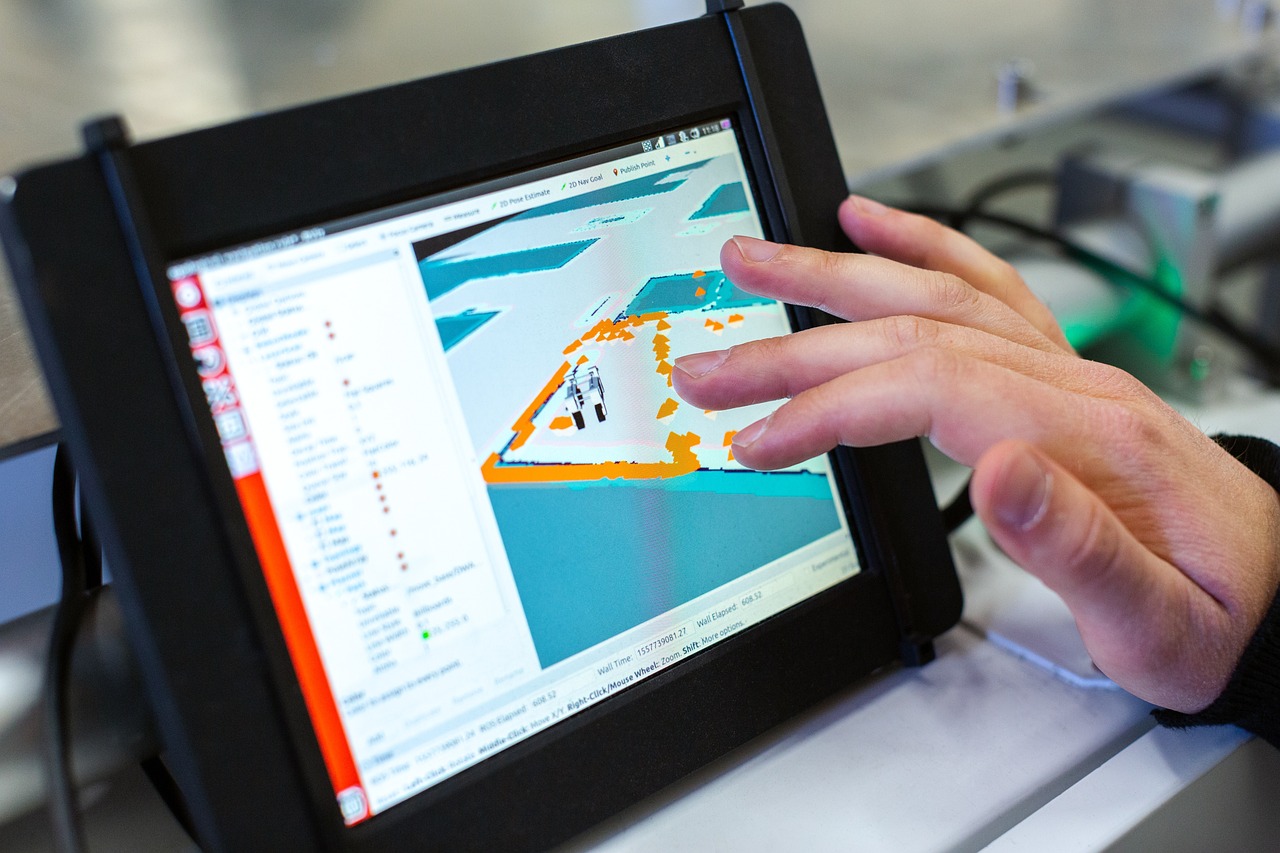Building Information Modeling (BIM) has become the backbone of the architecture, engineering, and construction (AEC) industry. As projects grow more complex, the demand for advanced BIM software tools has skyrocketed. In 2024, the market is flooded with options, each offering unique features and capabilities. Whether you’re an architect, engineer, contractor, or facility manager, choosing the right BIM software can make or break your project.
Table of Contents
ToggleIn this article, we’ll dive into the top BIM software tools in 2024, comparing their features, pricing, and suitability for different project types. By the end, you’ll have a clear understanding of which tool is best for your needs.
What is BIM Software?
BIM software is a digital tool that allows professionals to create, manage, and share detailed 3D models of buildings and infrastructure. These models go beyond geometry, incorporating data about materials, costs, timelines, and more. BIM software enables collaboration, improves accuracy, and streamlines workflows throughout the project lifecycle.
Why Choosing the Right BIM Software Matters
Selecting the right BIM software is crucial for:
- Efficiency: Streamlining design and construction processes.
- Collaboration: Enabling seamless communication among stakeholders.
- Cost Savings: Reducing errors and rework.
- Sustainability: Supporting green building practices.
With so many options available, it’s essential to understand the strengths and weaknesses of each tool.
Top BIM Software Tools in 2024
Here’s a comprehensive comparison of the leading BIM software tools in 2024:
1. Autodesk Revit
Overview
Autodesk Revit remains the gold standard in BIM software. It’s widely used by architects, engineers, and contractors for its robust features and versatility.
Key Features
- Parametric Modeling: Create intelligent 3D models with customizable parameters.
- Collaboration Tools: Work seamlessly with teams using cloud-based collaboration.
- Interoperability: Integrates with other Autodesk tools like AutoCAD and Navisworks.
- 4D and 5D Capabilities: Add time and cost dimensions to your models.
Pros
- Industry-leading features.
- Extensive library of plugins and add-ons.
- Strong support and community resources.
Cons
- Steep learning curve for beginners.
- High subscription costs.
Pricing
- Starts at $2,825 per year for a full license.
Best For
Large firms and complex projects requiring advanced features.
2. ArchiCAD by Graphisoft
Overview
ArchiCAD is a popular choice for architects, known for its user-friendly interface and powerful design capabilities.
Key Features
- BIMcloud: Enables real-time collaboration across teams.
- Open BIM: Supports interoperability with other software.
- Virtual Building Modeling: Create detailed 3D models with ease.
- Energy Evaluation: Analyze and optimize building performance.
Pros
- Intuitive interface.
- Excellent for architectural design.
- Strong focus on collaboration.
Cons
- Limited MEP (Mechanical, Electrical, Plumbing) capabilities.
- Higher cost compared to some competitors.
Pricing
- Starts at $2,500 per year.
Best For
Architects and small to medium-sized firms.
3. Vectorworks Architect
Overview
Vectorworks is a versatile BIM tool that caters to architects, designers, and landscape professionals.
Key Features
- Integrated 2D/3D Workflow: Switch between 2D drafting and 3D modeling effortlessly.
- Rendering Tools: Create stunning visualizations with built-in rendering engines.
- BIM Collaboration: Share models with other software via IFC files.
- Site Design: Advanced tools for landscape and site planning.
Pros
- Flexible and customizable.
- Strong rendering and visualization capabilities.
- Affordable compared to competitors.
Cons
- Limited MEP and structural analysis tools.
- Smaller user community.
Pricing
- Starts at $1,995 per year.
Best For
Architects and designers focused on visualization and site design.
4. Tekla Structures
Overview
Tekla Structures is a powerhouse for structural engineers and contractors, offering advanced tools for detailed structural modeling.
Key Features
- Precise Detailing: Create highly accurate structural models.
- Steel and Concrete Design: Specialized tools for different materials.
- Clash Detection: Identify and resolve conflicts early.
- Interoperability: Works well with other BIM software.
Pros
- Unmatched precision for structural engineering.
- Excellent for large-scale projects.
- Strong support for fabrication and construction.
Cons
- Expensive.
- Overkill for small projects.
Pricing
- Starts at $4,000 per year.
Best For
Structural engineers and contractors working on large, complex projects.
5. Allplan Architecture
Overview
Allplan is a comprehensive BIM solution for architects, engineers, and construction professionals.
Key Features
- Integrated Design: Combine architecture, engineering, and construction in one platform.
- Visualization: High-quality rendering and animation tools.
- Open BIM: Supports collaboration with other software.
- Cost Estimation: Built-in tools for accurate cost planning.
Pros
- All-in-one solution for AEC professionals.
- Strong visualization capabilities.
- Affordable pricing.
Cons
- Limited MEP tools.
- Smaller user base.
Pricing
- Starts at $2,200 per year.
Best For
Architects and engineers looking for an all-in-one solution.
6. Bentley Systems (OpenBuildings, AECOsim)
Overview
Bentley Systems offers a suite of BIM tools tailored for infrastructure and large-scale projects.
Key Features
- Interdisciplinary Collaboration: Tools for architects, engineers, and contractors.
- MicroStation Integration: Seamless integration with Bentley’s CAD platform.
- Generative Design: AI-powered design optimization.
- Cloud Collaboration: Work with teams in real-time.
Pros
- Ideal for infrastructure projects.
- Advanced generative design tools.
- Strong interoperability.
Cons
- Expensive.
- Complex interface.
Pricing
- Custom pricing based on project requirements.
Best For
Large infrastructure projects and multidisciplinary teams.
7. Trimble Connect
Overview
Trimble Connect is a cloud-based collaboration platform that integrates with Trimble’s BIM tools like SketchUp and Tekla.
Key Features
- Cloud Collaboration: Share models and data in real-time.
- Mobile Access: Access projects on the go.
- Integration: Works with SketchUp, Tekla, and other tools.
- Document Management: Centralized storage for project files.
Pros
- Excellent for collaboration.
- Affordable pricing.
- Easy to use.
Cons
- Limited standalone BIM capabilities.
- Requires integration with other tools.
Pricing
- Starts at $10 per user per month.
Best For
Teams focused on collaboration and project management.
How to Choose the Right BIM Software
When selecting BIM software, consider the following factors:
- Project Requirements: Does the software support your project type and scale?
- Budget: Can you afford the subscription or licensing fees?
- Ease of Use: Is the software user-friendly for your team?
- Interoperability: Does it integrate with other tools you use?
- Support and Training: Are there resources to help you get started?
Conclusion
The right BIM software can transform the way you design, build, and manage projects. In 2024, tools like Autodesk Revit, ArchiCAD, and Tekla Structures continue to dominate the market, each offering unique strengths for different use cases.
Whether you’re an architect, engineer, or contractor, there’s a BIM tool out there that’s perfect for your needs. Evaluate your requirements, test a few options, and choose the software that aligns with your goals.
By staying informed about the latest BIM software trends, you can stay ahead of the curve and deliver exceptional results for your projects. Let us know in the comments which BIM tool you’re using and why!

